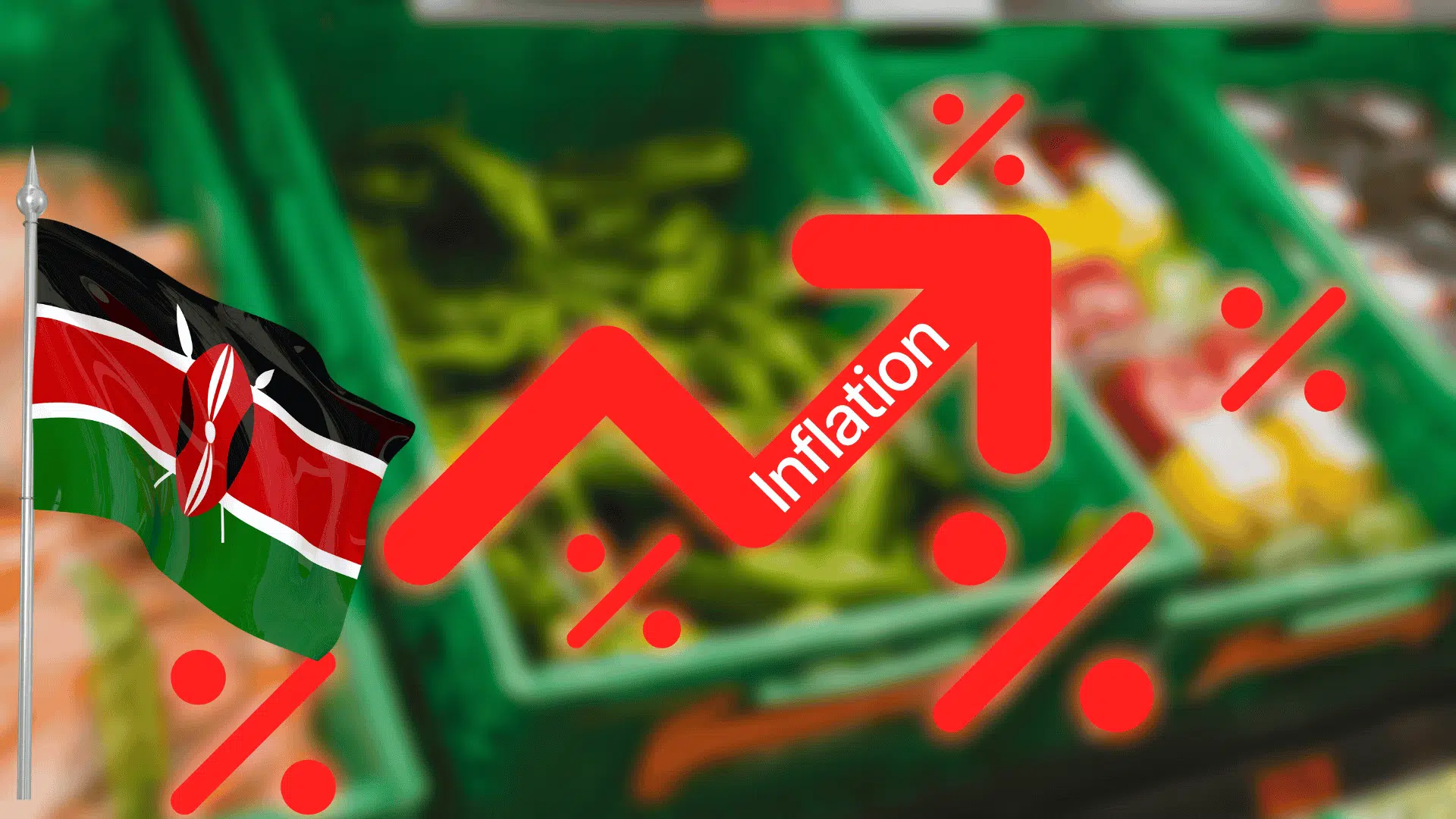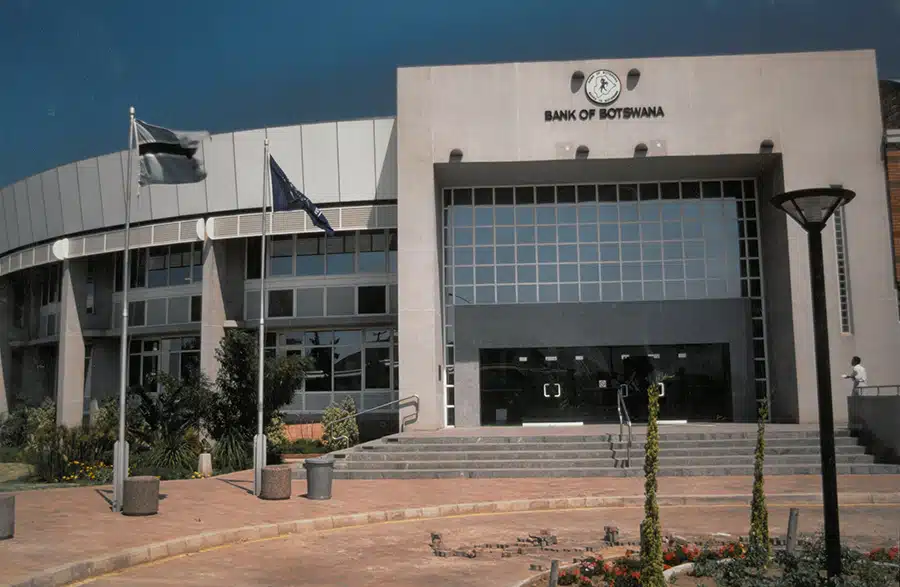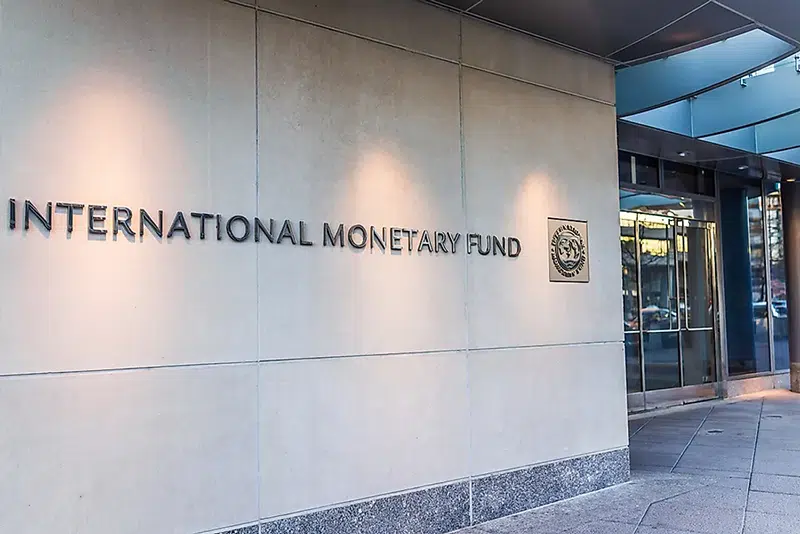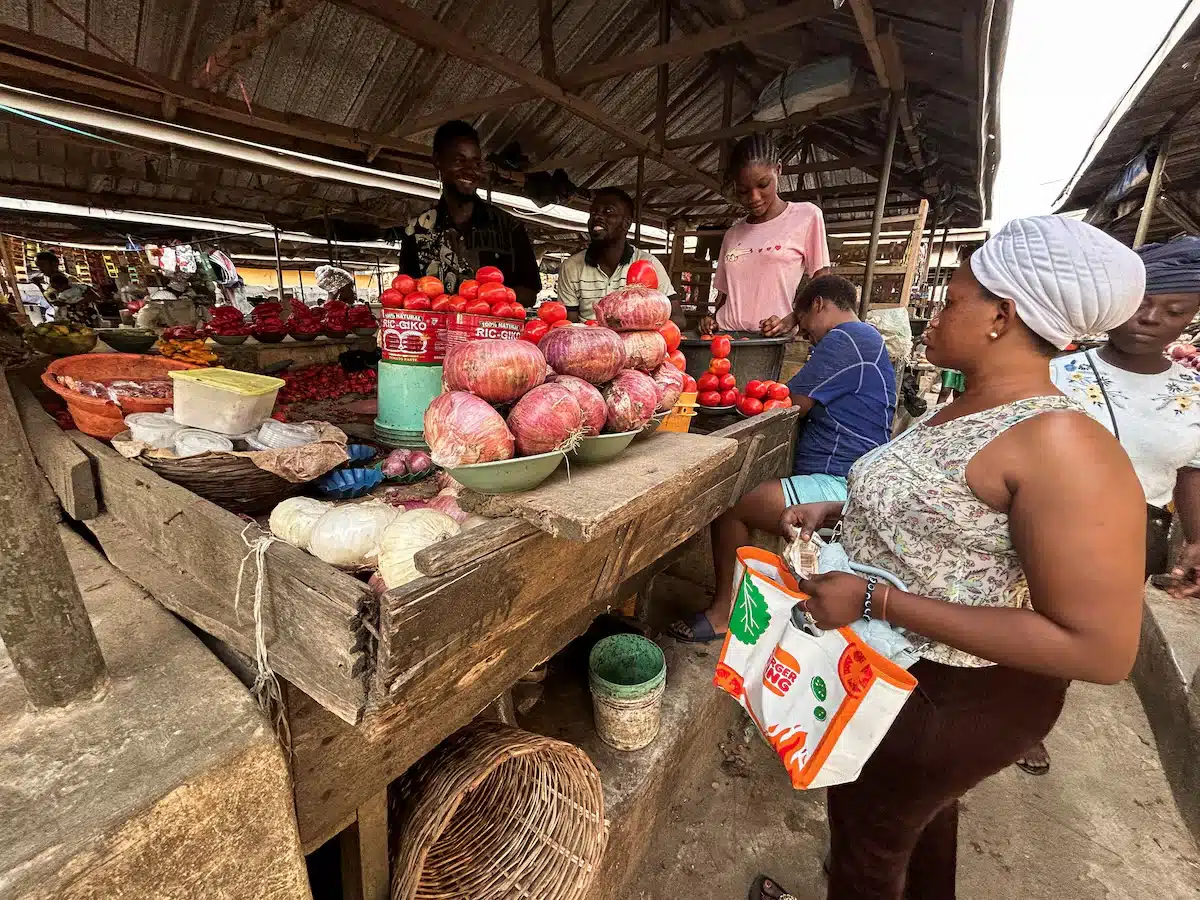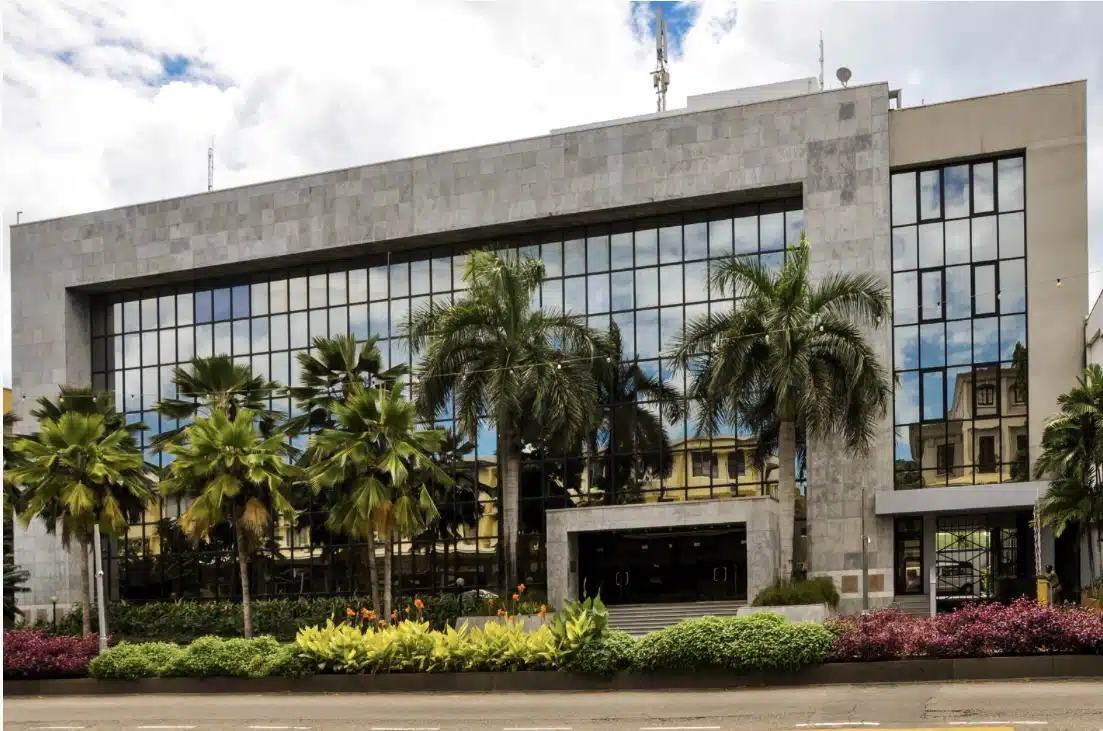Kenya’s month-on-month inflation rose to 0.5% in May, up from 0.3% in April, driven by rising food, beverage, and transport costs, according to new data released by the Kenya National Bureau of Statistics (KNBS).
On a year-on-year basis, inflation eased slightly to 3.8%, down from 4.1% in April, remaining comfortably within the Central Bank of Kenya’s (CBK) target range of 2.5% to 7.5%. However, the month-on-month uptick signals persistent pricing pressures in essential household categories.
The food and non-alcoholic beverages index rose by 6.3% compared with May 2024, while the transport index increased by 2.3% over the same period, the KNBS said in a statement.
The rise in essential consumer costs comes just weeks before the CBK’s next interest rate decision, scheduled for June 10. In April, the CBK surprised markets by cutting its benchmark rate to 10.0%, the fifth consecutive cut, aimed at stimulating private sector credit and economic activity.
At the same time, while the inflation numbers suggest short-term price stability, they also reflect underlying challenges in Kenya’s economy.
The World Bank recently revised Kenya’s 2025 economic growth forecast down to 4.5%, citing high public debt levels and a contraction in private sector credit. Credit growth plunged to -1.4% in December 2024, compared to 13.9% a year prior, affecting key sectors like manufacturing and finance.
Compounding the issue, Kenya’s public debt stands at 65.5% of its GDP, placing the Country at high risk of debt distress, with interest payment absorbing a third of revenue. The government’s heavy reliance on domestic borrowing, attracting high interest payments, with interest payments absorbing a third of tax revenue, is crowding out private sector investment.
“Domestic borrowing, coupled with high lending rates, risks crowding out the private sector,” said Naomi Mathenge, a senior economist at the World Bank.
The current economic environment presents both risks and opportunities. While monetary easing may support growth, high public debt and lowering tax revenue pose significant threats.
In summary, addressing these issues requires coordinated efforts across fiscal policy, monetary policy, and structural reforms to ensure sustainable economic growth.

